During Fall Semester, 2015, University of Utah graduate students in SPAN6900-2 Analyzing Texts: Form and Content visited Rare Books. During the third and final session with Rare Books, the students were introduced to late 20th century/early 21st century fine press and artists’ books. The session ended with the premiere viewing of our copy of DOC/UNDOC Documentado/Undocumented Ars Shamánica Performática, purchased in September. Student response was so strong that managing curator Luise Poulton, in her typical over-enthusiastic way, exclaimed, “You should post your thoughts on Open Book!” Prof. Isabel Dulfano, in her own enthusiastic way, immediately took up the suggestion and made this a new assignment, right then and there. Bless the beleaguered grad students! Rare Books is pleased to present these responses, one post at a time.
From Laura Denisse Zepeda
A traveling case for apprentice shamans
A reliquary for imaginary saints
A toolbox for self-transformation
A quiet call to heal yourself with fetishes and antidotes
A border kit to face the uncertainty of future crossings
A new project, seven years in the making
“Me hicieron perder mi imaginación y la han reemplazado con miedo”, se escucha decir en voz en off en un fragmento del video que forma parte de la obra más reciente de Guillermo Gómez-Peña, DOC/UNDOC Documentado/Undocumented Ars Shamánica Performática (Moving Parts Press 2014). Esta reciente obra de la autoría del mexicano Gómez-Peña, plantea el tema controversial de “cruzar la frontera” utilizando sus propias experiencias para poder conceptualizarlo, habla de la dualidad que representa una persona que siendo documentada de un país, en este caso México, se convierte en indocumentada al cruzar la frontera y llegar a Estados Unidos.
Se puede clasificar esta obra como un “kit” artístico que incluye un DVD con el performance de Guillermo Gómez-Peña y video de Gustavo Vazquez, un CD con música de autoría de Zachary Watkins, un libro bajo el formato de la artista Felicia Rice que recoge textos del artista y escritor Gómez-Peña y comentarios de la historiadora de arte Jennifer González, todo dentro de un baúl metálico adornado con espejos, luces brillantes y una tela que asemeja la piel de un leopardo. Esta obra es un concepto de arte que rompe con todos los esquemas convencionales, es más que nada, una experiencia tangible. La obra, al contener una gama tan completa de formas, rompe las barreras que se tenían en cuanto a lo que apreciación de arte se refiere, presentando un formato interactivo, el espectador puede con esta obra no solo ver, sino también escuchar e incluso tocar.
Según la definición del libro de Aproximaciones al estudio de la literatura hispánica, el arte comprometido es el arte que implica una actitud crítica o no conformista, actitud que mantiene todo artista que tiene la obligación moral de poner su obra al servicio de una causa social o política (3). Guillermo Gómez-Peña, definido por él mismo como un artista que vende ideas, nos presenta una obra de arte comprometida, el producto resultante de siete años de arduo trabajo y dedicación. Su nueva obra, DOC/UNDOC, es una fusión de ideas basadas en la combinación de dos naciones, dos culturas, dos idiomas, que incita a romper con las nociones que se tienen actualmente de lo que una persona “ilegal” tiene que vivir en el viaje de “cruzar la frontera”. Muestra a través de métodos artísticos poco convencionales la lucha diaria que millones de mexicanos tienen que enfrentar día a día en una sociedad que rechaza el idioma español, y todo lo que conlleva la cultura de aquellos quienes lo hablan.
Nacido y crecido en la ciudad de México para después emigrar hacia Estados Unidos, convierte a Gómez-Peña en un agente intercultural, experiencia de la cual hace uso en sus obras. Su trabajo incluye performance, video, audio, instalaciones, poesía, periodismo y teoría cultural, abordando cuestiones interculturales, inmigración, política del lenguaje, y nueva tecnología en el mundo actual (Pocha Nostra).
Desde hace algunas décadas, Guillermo Gómez-Peña ha explorado a través de su arte cuestiones culturales a través del uso de “arte mixta”, y de la combinación de dos idiomas, Español e Inglés. A través de su arte que se ha desarrollado de manera continua, Gómez-Peña ha creado performances que incluyen una narrativa bi-nacional, creando lo que diversos críticos han definido como “Chicano cyber-punk performances” y “ethno-techno art” (Pocha Nostra).
Esta obra forma parte de la colección disponible en la sección de Rare Books de la Universidad de Utah. Siendo parte del grupo de SPAN 6900 Analyzing Texts: Form & Content, con la profesora Isabel Dulfano, tuvimos la oportunidad de a lo largo del semestre acudir a esta sección en varias ocasiones. La primera visita la hicimos para conocer de códices, manuscritos y glifos mayas, empezando de esta manera nuestra incursión a la literatura. Habiendo discutiendo previamente en clase los siguientes temas, tuvimos nuevamente la oportunidad de una segunda visita para conocer el concepto de manuscrito, conocimos versiones antiguas de libros que incluyen diversos géneros literarios como poesía, drama, ensayos, prosa, pertenecientes a las regiones de Latinoamérica y España. Para cerrar el semestre, acudimos una vez más a la sección de Rare Books, esta vez para conocer los diversos formatos en los que los libros más actuales son presentados, por mencionar algunas obras tenemos la obra de Antonio Frasconi, 19 poemas de Hispano América, una colección exclusiva de poemas de diversos autores, impresos en papel japonés, firmados cada uno por el artista. Otra obra es Manifesto, de Nicanor Parra, una obra en la que el autor revela lo que el considera la forma en que un poeta debería de escribir. Y como parte final, conocimos la obra de Guillermo Gómez-Peña, DOC/UNDOC, la cual aborda temas de concepto de identidad, contexto, transición, frontera y reinvención del individuo.
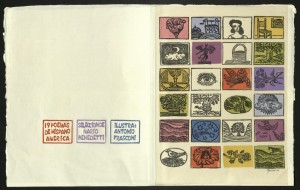
19 Poemas, 1969
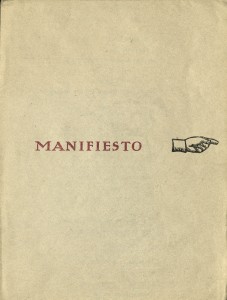
Manifesto, 1963
Haber tenido la oportunidad de formar parte de un grupo en el que se conoció de literatura desde sus inicios hasta la actualidad, es una experiencia que todo estudiante debería de tener, y si acaso no está dentro de su alcance el matricularse en una clase como éstas, los invito a conocer la sección de Rare Books, será una experiencia que no olvidarán.
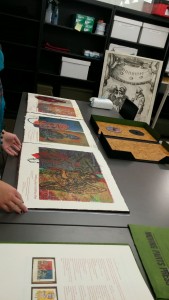
(Last paragraph translation: Having the opportunity to form part of a group that became familiar with literature from its inception to the present was an experience that every student should have. If by chance this type of class does not fit into your schedule, I invite you to visit the Rare Books collection, as it will be an unforgettable experience.)
Friedman, Edward, Virgillo, Carmelo, Valdivieso Teresa, and Edward H Friedman. Aproximaciones Al Estudio de La Literatura Hispańica. 5th ed. Boston: McGraw Hill Higher Education, 2003.
<http://www.pochanostra.com/antes/jazz_pocha2/mainpages/bios.htm>
<http://movingpartspress.com/publications/doc-undoc.>

Like this:
Like Loading...

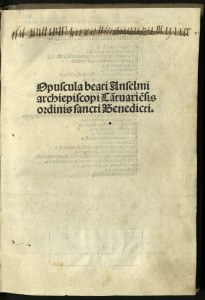
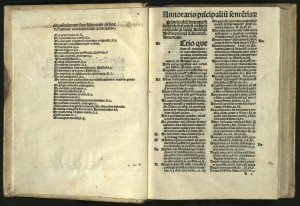
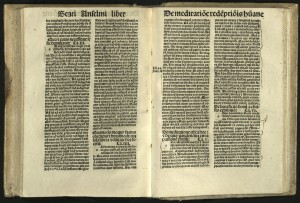
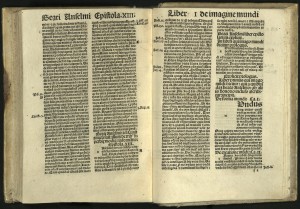


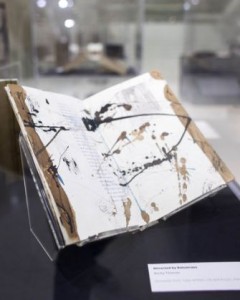
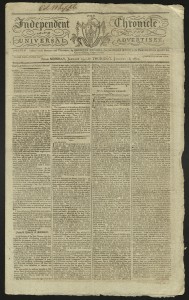
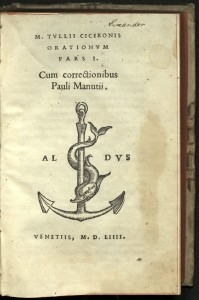
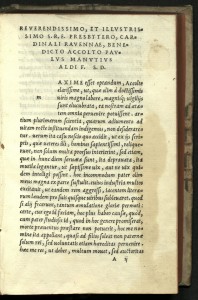
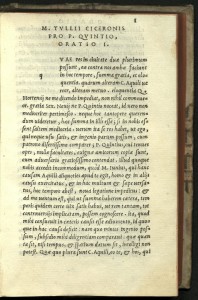
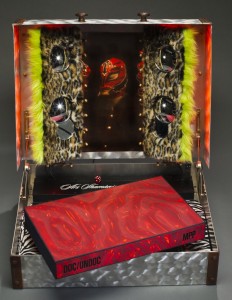



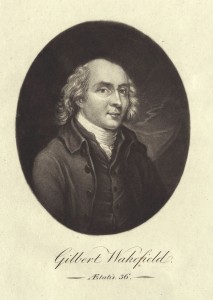
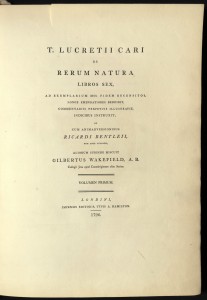
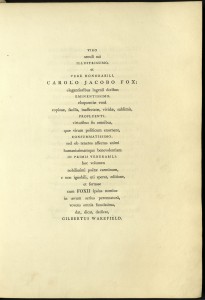
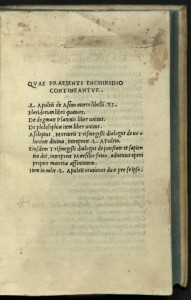

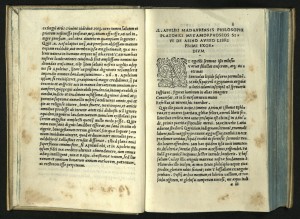
You must be logged in to post a comment.